Energy is the ability to do work. It comes in many forms.
Examine the following series of images. Jot down your observations in the Padlet below.

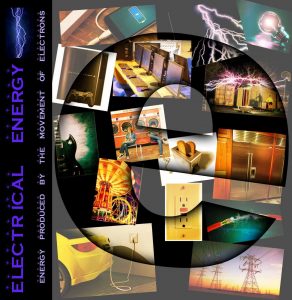

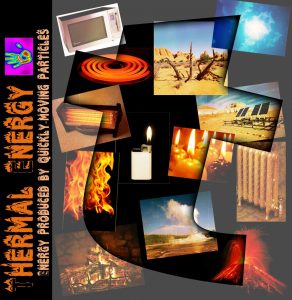
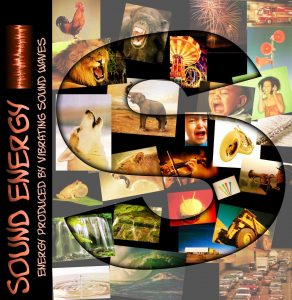
Energy is the ability to do work. It comes in many forms.
Examine the following series of images. Jot down your observations in the Padlet below.





This week, we have been learning about the vast and varied geography of China. The many rivers and fertile plains supported establishment of communities, while mountains and deserts isolated the people from other societies and civilizations.
As we continue to learn more about China, think about the impact of processes like weathering and erosion on this nation’s history, geography, culture, and people.
Literacy Connection – Text Structure: As you watch the video, try to identify some cause-effect relationships either described or implied.
Literacy Connection – Figurative Language: What metaphor did the narrator use to describe the Yellow River?
We took another tiny field trip today, this time right next door into fifth grade. Mr. Fitz’s students have been diligently working on dioramas, which display their learning about biomes. It was interesting for us to make connections to our study of landforms and the natural processes of weathering and erosion.
To learn more, check out the following websites:
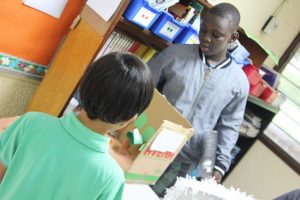

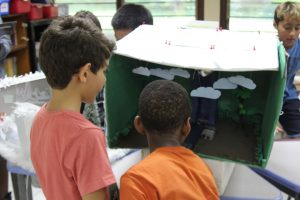
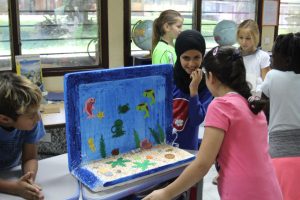
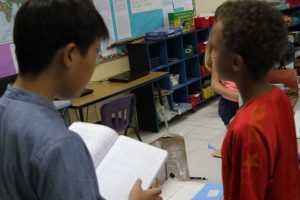
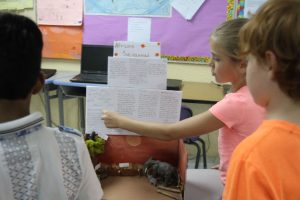
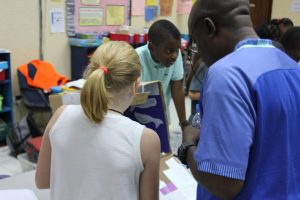
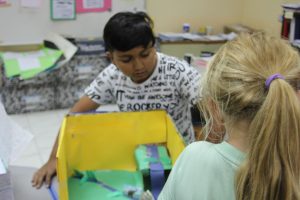
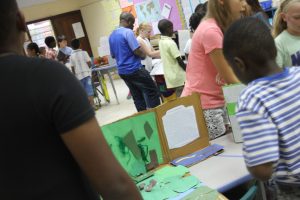
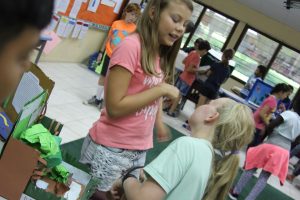
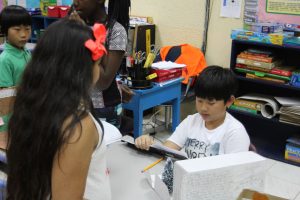
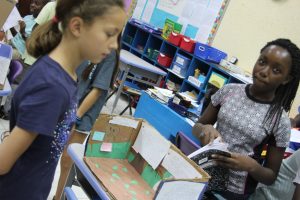

One of the highlights of this week was the two-day Sumobot Tournament hosted by Mr. Minu and his high school and middle school robotics students.
Below is information provided by our host, Mr. Minu:
What is robot sumo?
Robot sumo is an activity or challenge in which two robots attempt to push each other out of a circle (in a similar fashion to the sport of sumo). The robots used in this competition are called sumobots. Sumobots come in various classes, from heavy weight robots weighing as much as an adult to femto-sumo with tiny robots the size of a sugar cube. The most common robot sumo class are sumobots made out of LEGO Mindstorms components.
Sumobot specifications
A sumobot must be made entirely out of LEGO parts, with the only exceptions being the flags or decorations. A sumobot can only have one NXT or EV3 Mindstorms controlling it. The number of motors and sensors used are only limited by how many the brick support. NXT bricks support 3 motors and EV3 bricks support 4 motors. Both type of bricks support 4 sensors. All actions must be pre-programmed. The use of any form of remote control is prohibited.
Competition
A match consists of three games of up to three minutes each. The first sumobot winning two out of the three games is the winner of the match. At the teacher’s signal, the contestants start the program on their robots. The game ends when the teacher calls the winner.
A game will be stopped and a rematch will be started under the following conditions:
In case of a rematch, maintenance of competing robots is prohibited, and the robots must be immediately placed in the designated starting position. The only exception to this rule is if the cause of the rematch is a robot breaking. If neither of the competing robots wins, or loses, after a rematch, the teacher may reposition both robots to a specified location and restart. If that does not yield a winner, the match may continue at any location decided by the teacher, until the time limit is reached.
All decisions by the teacher are final.
There were certainly some tense moments. Excitement personified!!
We were especially proud of some of our siblings who participated in the tournament. It was obvious that he robotics students had to be… thinkers, risk-takers, inquirers, communicators, knowledgeable, principled, and reflective. What a great event to see TASOK learners exemplifying the qualities of the learner profile.
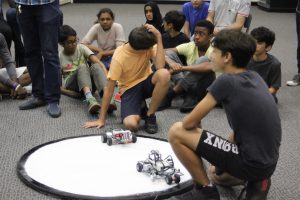
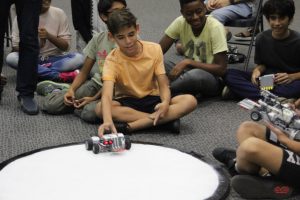
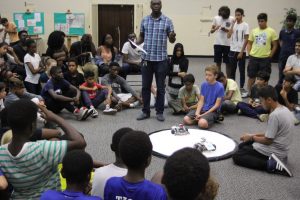
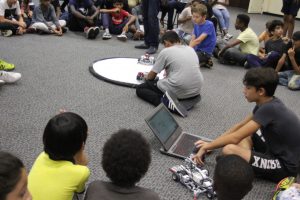
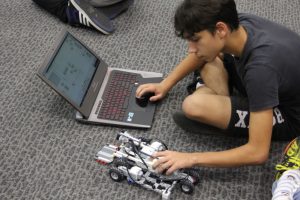
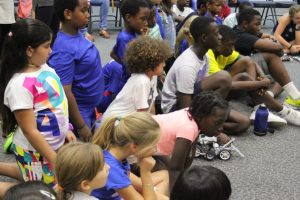
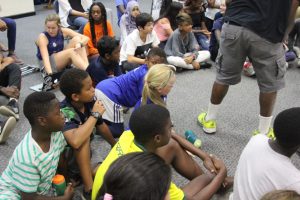
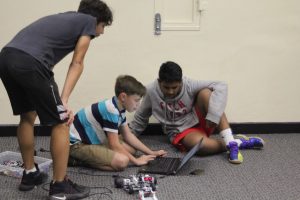
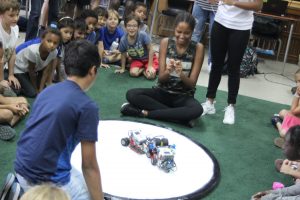
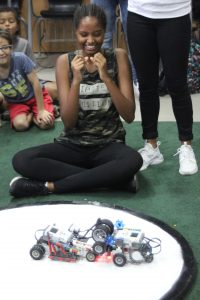
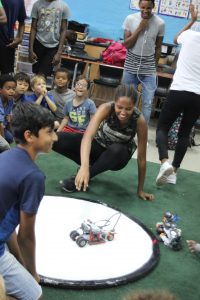
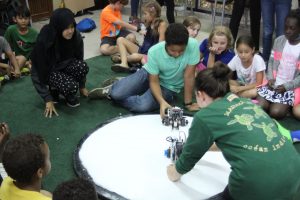
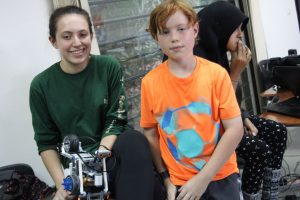
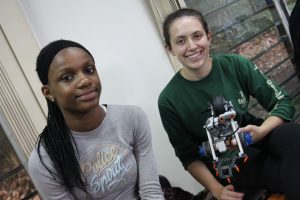
weathering, erosion, deposition, and landforms.
More pictures are coming in from our October breaks. What hashtag (#) would you give to each image?
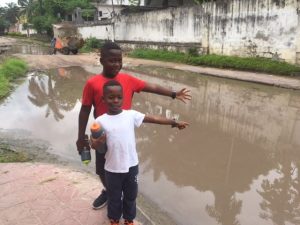
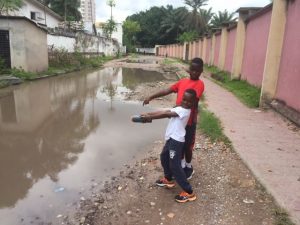
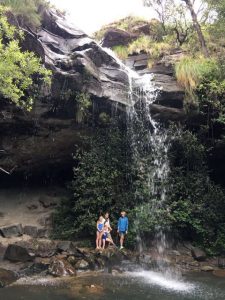
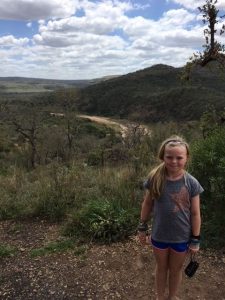
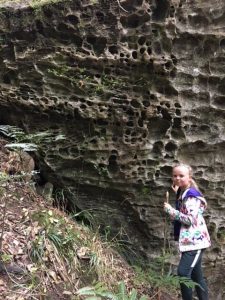
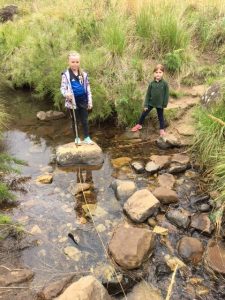
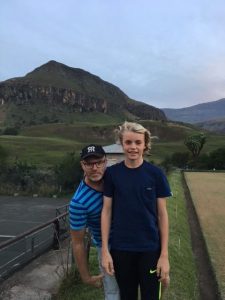
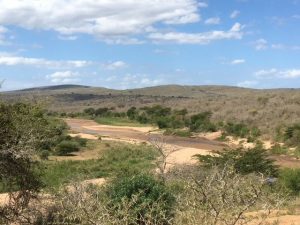
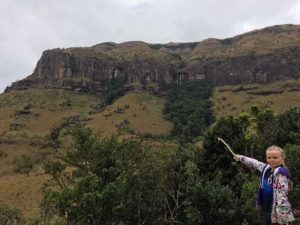
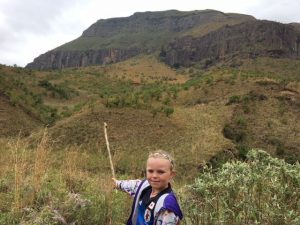
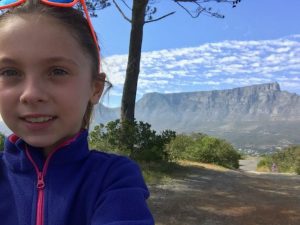
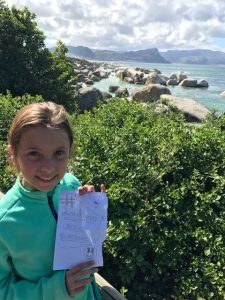
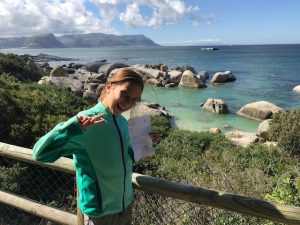
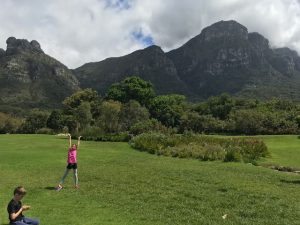
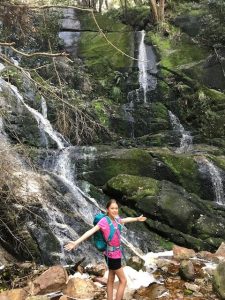
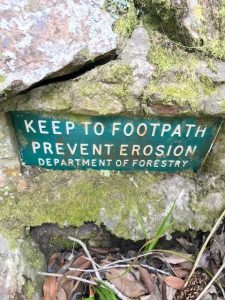
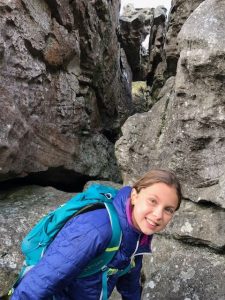
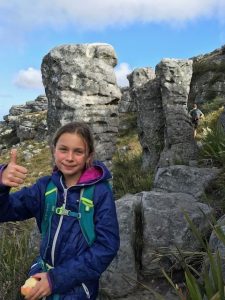
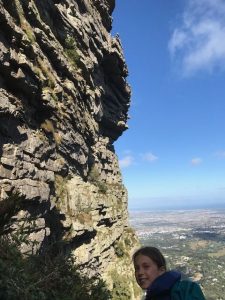
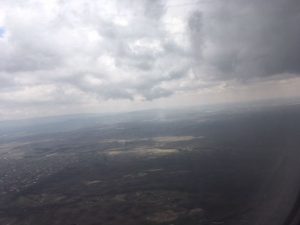
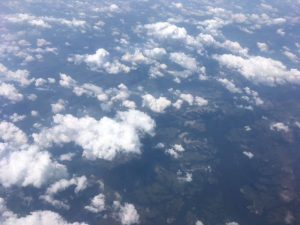
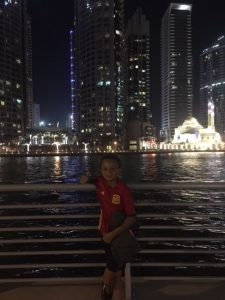
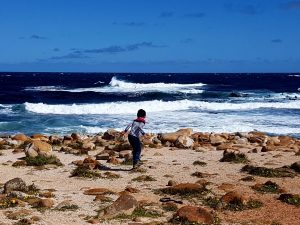
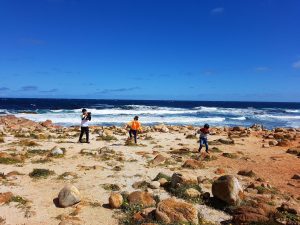
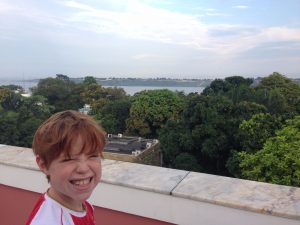
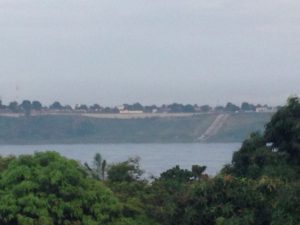
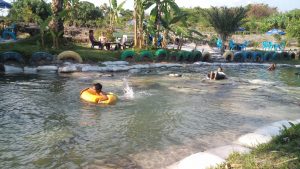
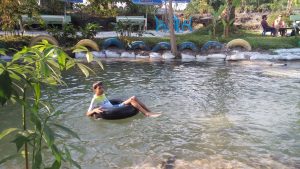
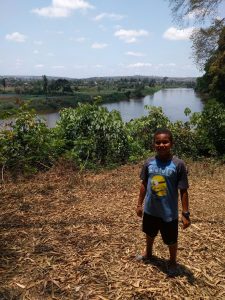
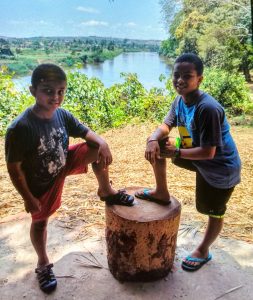
Over the break, whether you are traveling or sticking close to home, you have an opportunity to be a eagle-eyed observer. As a scholarly sleuth, search for clues proving weathering, erosion, or deposition has taken place. If you suspect that wind, water, ice, or roots have caused weathering, erosion, or deposition, get a picture of the evidence with the hashtags:
#wandering&weathering
#erosioniseverywhere
#dropinondeposition
Also, be on the lookout for landforms and bodies of water – mountains, hills, valleys, plateaus, cliffs, caves, sand dunes, bays, ponds, lakes, rivers,… and so many more. If you see a landform or body of water, get a picture with the hashtag:
#Look! A landform
Secret agents, are you ready to accept this challenge?
Send all photographic evidence to Mrs. Rupp’s email.
Thank you to those who were able to attend TASOK’s Open School Night on Wednesday.
For those unable to attend, you can view the presentation by clicking on the link below.
Also, if you are interested in volunteering to be a PTC Grade Level Representative, please email me with your contact information.
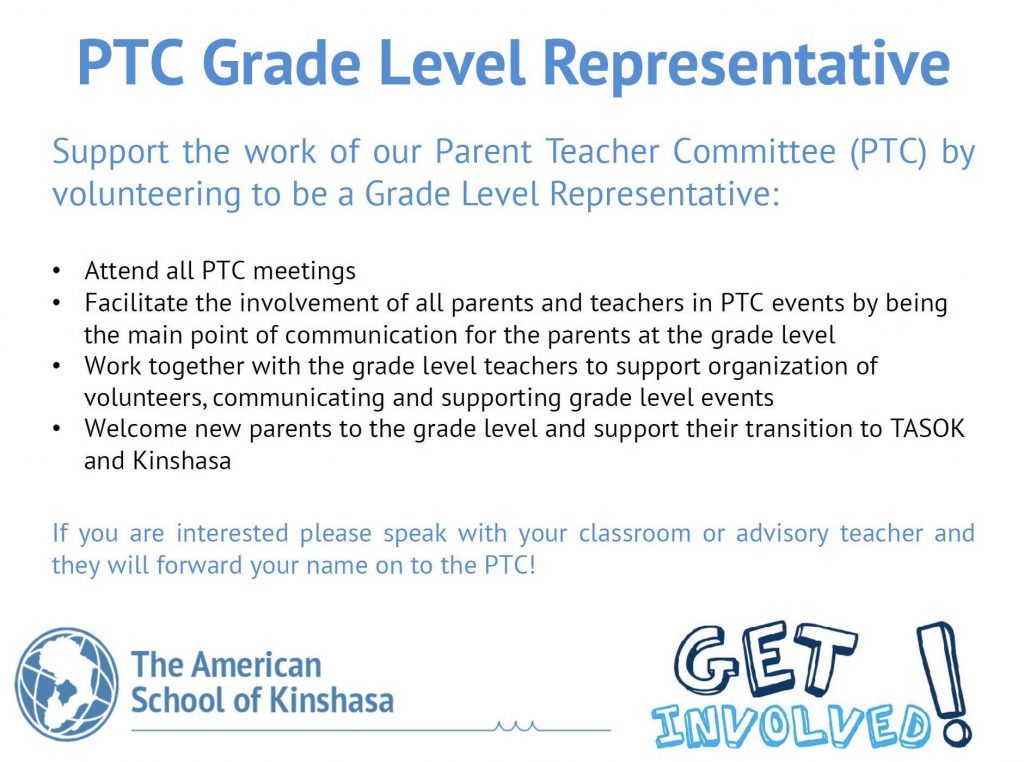
Finally, if you are in need of a ballot to vote on the proposed constitutional changes, please let me know, and I will send one home with your child.
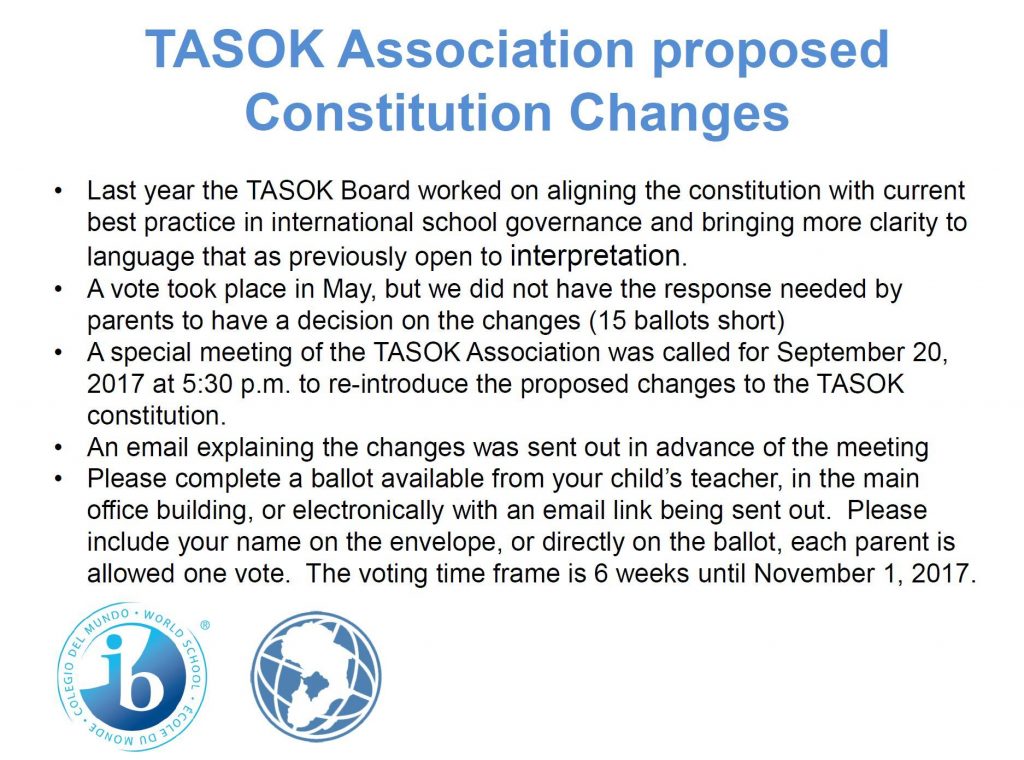
If you have any questions, please contact me via email.
We have learned this week that the earth is constantly changing through a variety of natural processes.
Sometimes changes occur quickly, while other times changes occur VERY slowly. In addition to different rates of change, there are different causes of change. Explore the following resources to learn more about the causes and effects of weathering and erosion.
Use the following Secret Agent Code to access the PBS Learning Assignment: happy2689
PBS Learning: Erosion & Weathering
Curriculum Connection: How are weathering and erosion connected to the formation of landforms? Think about the rate at which they form.
Compare & Contrast
How is the weathering evidenced in these images the same? How is it different?
As readers, we all have EXPECTATIONS about what will and will not happen in a text. EXPECTATIONS are similar to predictions, conjectures, presumptions, and hopes. These EXPECTATIONS are based on what we know about various genres.
In an effort to systematically address these EXPECTATIONS and analyze text, we added another tool to our literary tool belt… the literary analysis triangle. In order to better grasp the purpose and meaning of each level, we used the analogy of a grocery store. While still in the introductory phases of understanding and using the literary analysis triangle, students exceeded EXPECTATIONS as they began to analyze the poem “Giving Trees.”
We also continued building our collection of landforms, in preparation for our personal landform research and collaborative landform dictionary.
Challenge of the day…
Can you identify this type of landform? (Hint: It has a funny-sounding name.)
To conduct your own landform research, use the links on the Online Resources > Social Studies > SS Links page.
Upon completing our introduction to the five themes of geography (with the help of MR. HELP), we began to look at landforms, which affect and are affected by all five themes.
Our first task was to create a list of landforms. As our list of landforms lengthened, it was interesting to learn about the defining characteristics of each and how each is formed. The formation of landforms connects directly to our first science unit, which explores the processes of weathering, erosion, and deposition.
To test your knowledge of landforms, take a tour of the globe using Google Earth. How many landforms can you identify and explain? As you participate in this virtual scavenger hunt, think about:
Do you know…
… what this landform is called?